Lumbar Discectomy Surgery
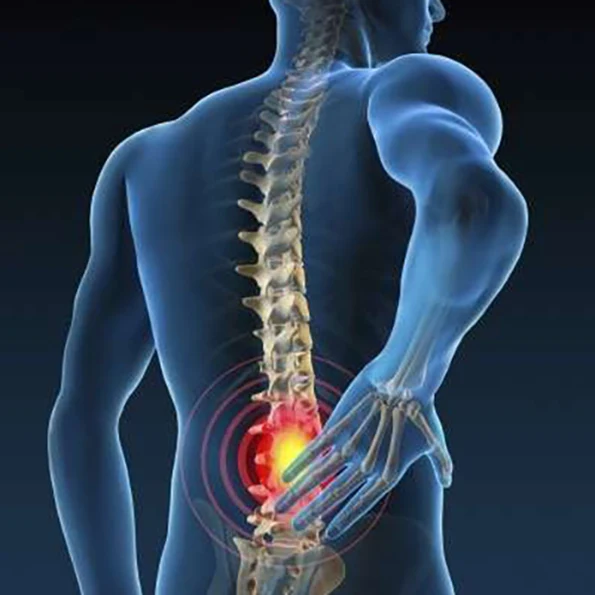
1. Procedure Overview Lumbar discectomy is a surgical procedure performed to remove a portion of a herniated or damaged intervertebral disc in the lower back that is pressing on a spinal nerve. This pressure can cause back pain, leg pain (sciatica), numbness, or weakness. There are two common techniques: Open Discectomy: A small incision is […]
Epilepsy Surgery (LTM)
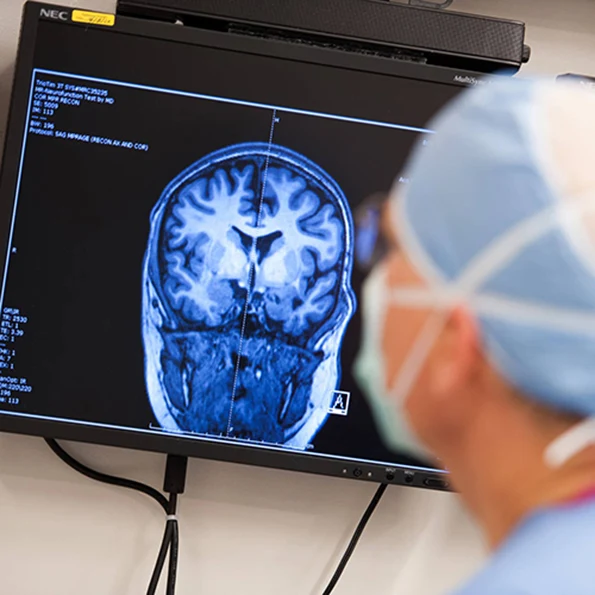
1. Procedure Overview Epilepsy surgery is performed to reduce or eliminate seizures in patients whose epilepsy cannot be controlled by medications. The goal is to remove or alter the area of the brain where seizures originate, without affecting critical brain functions. Common types include: Temporal Lobectomy: Removal of a portion of the temporal lobe, often […]
Hemi facial spasm
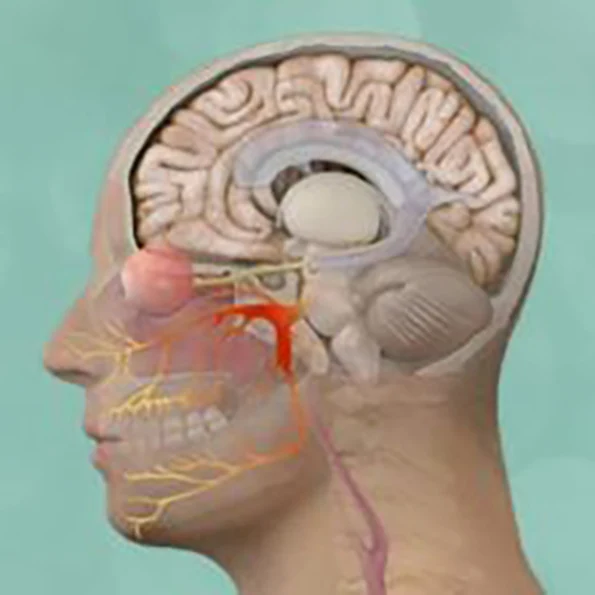
1. Procedure Overview Hemifacial spasm surgery is typically performed to treat involuntary muscle contractions or twitching on one side of the face, caused by irritation or compression of the facial nerve (cranial nerve VII). The most common and effective surgical treatment is: Microvascular Decompression (MVD): Through a small opening behind the ear, the surgeon identifies […]
Trigeminal Neuralgia
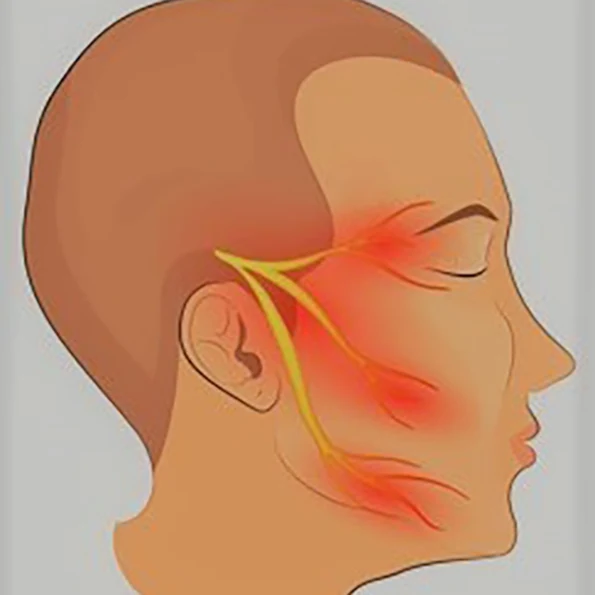
1. Procedure Overview Trigeminal neuralgia surgery is performed to relieve severe, chronic facial pain caused by irritation or compression of the trigeminal nerve. There are several surgical options depending on the patient’s condition and response to medication: Microvascular Decompression (MVD): A small incision is made behind the ear, and a cushion is placed between the […]
Brain stereotactic Surgery
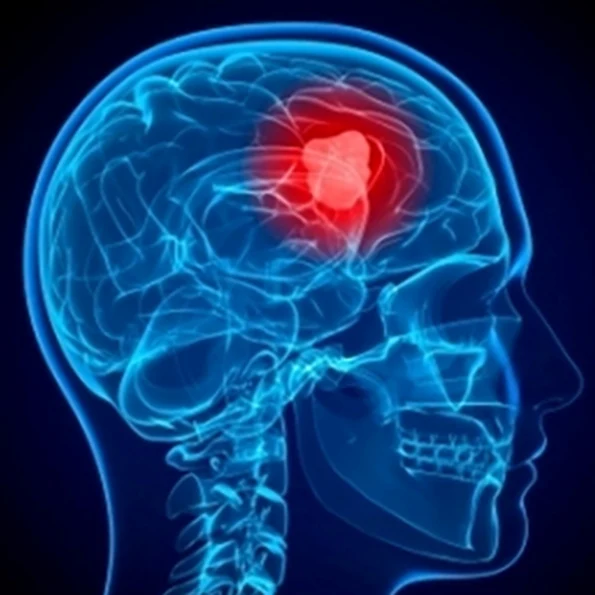
1. Procedure Overview Brain stereotactic surgery is a minimally invasive technique that uses a 3D coordinate system to locate and target specific areas within the brain for diagnosis or treatment. It is commonly used for: Biopsy of deep-seated brain tumors or lesions Drainage of cysts or abscesses Implantation of electrodes (e.g., for deep brain stimulation) […]
Brain Aneurysm (with device)

1. Procedure Overview Brain aneurysm surgery is performed to treat a bulge or ballooning in a blood vessel in the brain (aneurysm), which can leak or rupture, leading to a hemorrhagic stroke. There are two main surgical treatments: Surgical Clipping: A neurosurgeon places a metal clip at the base of the aneurysm to stop blood […]
Brain Hematoma Drain
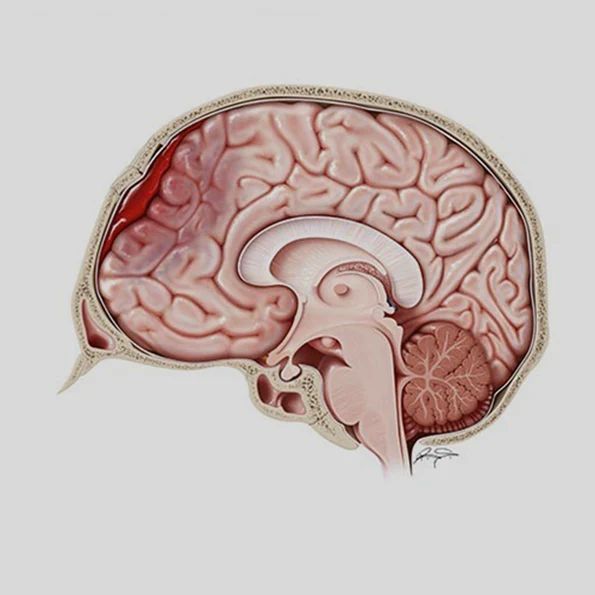
1. Procedure Overview Brain hematoma drainage is a surgical procedure used to remove a collection of blood (hematoma) from within or around the brain. Hematomas can result from trauma, ruptured blood vessels, or surgery, and may cause increased intracranial pressure, brain tissue compression, and neurological deficits. There are different methods depending on the type and […]
Brain angiography
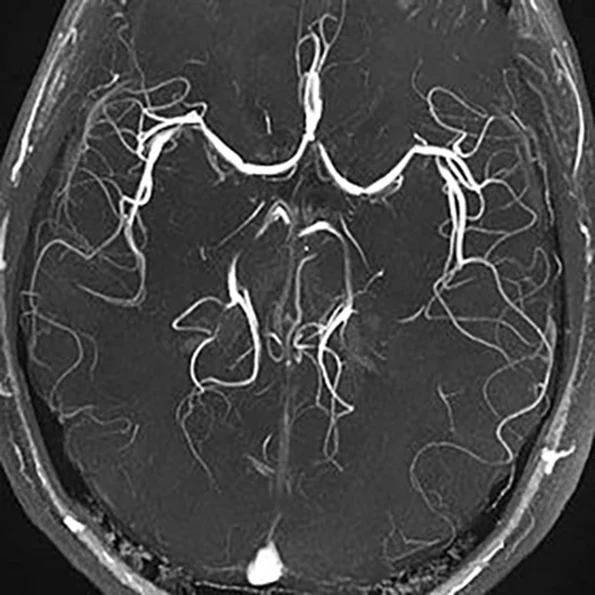
1. Procedure Overview Brain angiography, also known as cerebral angiography, is a diagnostic imaging procedure used to visualize the blood vessels in the brain. It helps detect abnormalities such as aneurysms, arteriovenous malformations (AVMs), stenosis, or blockages. The procedure involves inserting a catheter, typically through the femoral artery in the groin, and guiding it to […]
Vascular Tumor

1. Surgery Overview Vascular tumor surgery involves the removal of tumors that originate from or are closely associated with blood vessels. These tumors can be benign (such as hemangiomas) or malignant (such as angiosarcomas). Due to their proximity to vital vascular structures, surgical intervention requires meticulous planning and execution. The primary goal is to excise […]
GBM Tumor

1. Surgery Overview Glioblastoma Multiforme (GBM) surgery is performed to remove as much of the aggressive brain tumor as safely possible. GBM is a high-grade (grade IV) glioma, known for its rapid growth and tendency to infiltrate surrounding brain tissue. Surgical resection is typically the first step in treatment, followed by radiation therapy and chemotherapy. […]
Cerebellopontine angle (CPA) Tumor Surgery
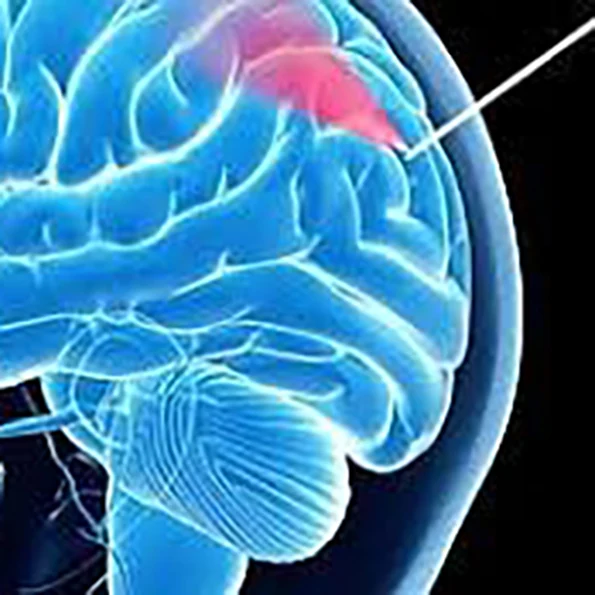
1. Surgery Overview Cerebellopontine angle (CPA) tumor surgery is performed to remove tumors located in the region where the cerebellum and pons meet the brainstem, near critical structures like cranial nerves and major blood vessels. CPA tumors can be benign (such as acoustic neuromas) or malignant, and they can cause symptoms such as hearing loss, […]
Skull base tumor

1. Surgery Overview Skull base tumor surgery is a complex and delicate procedure performed to remove benign or malignant tumors located at the base of the skull. These tumors may involve critical structures such as cranial nerves, major blood vessels, and parts of the brain. Depending on the tumor’s location, size, and type, the surgical […]
